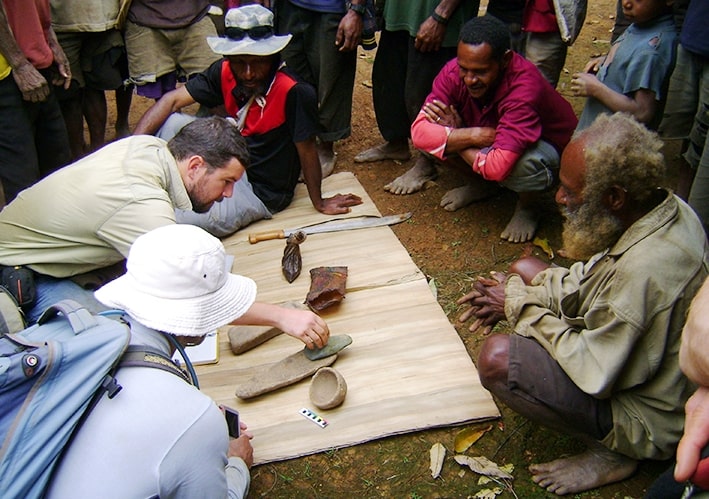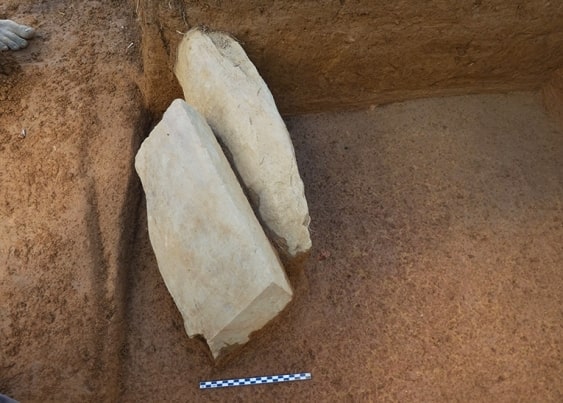A series of ancient tools discovered in New Guinea have helped archaeologists and historians piece together New Guinea’s prehistory in unprecedented detail.
It is well known that agriculture developed independently in New Guinea approximately 7,000 years ago, but evidence of its influence on the way of life of people has eluded scientists for decades.
New artifacts discovered during an archaeological dig in Papua New Guinea, including a fragment of the first symbolic stone carving in Oceania, illustrate a change in human behavior between 5,050 and 4,200 years ago in response the widespread emergence of agriculture, which ushered in a regional Neolithic era similar to the Neolithic era in Eurasia.
“The emergence of agriculture was one of the most notable behavioral transformations in human history, driving innovations in technologies and settlement globally, referred to as the Neolithic. Wetland agriculture originated in the New Guinea highlands during the mid-Holocene (8000 to 4000 years ago), yet it is unclear if there was associated behavioral change,” scientists explained in the new study.
As revealed by archaeologists, the treasure trove of artifacts that were unearthed, including stone aces, pestles, figurative carvings as well as a plethora of other tools are in fact the missing piece of the puzzle needed to fully understand the Neolithic period in Papua New Guinea prehistory.
The new discovery is reported in a study published in Science Advances. In it, an international team of archaeologists and scientists describe the artifacts excavated at the archaeological site of Waim, an area in the northern highlands of Papua New Guinea.

Although agricultural had developed at Papua New Guinea’s highlands during the mid-Holocene, between 8,00 and 4,000 years ago, cultural changes, such as living in villages and the production of elaborate ritual and symbolic objects, have often been thought to have emerged exclusively when Lapita farmers from Southeast Asia reached the island around 3,000 years ago
The new discovery widens our understanding of the Neolithic and helps solve a long-standing issue of whether New Guinea enjoyed its very own Neolithic period, just like many other agricultural centers had.
“We already knew about the wetland crops like taro, yam, sugarcane, and bananas from about 7000 years ago in New Guinea,” explained lead author Dr. Ben Shaw of UNSW Science.
“But because the archaeology in this part of the world is not as well-known as places like China and the Middle East, we didn’t really know how the development of agriculture changed human behaviors in the New Guinean landscape.” Dr. Shaw added.
Among the most notorious discoveries at the site is a piece of a carved human or animal face that probably held important symbolic meaning. The curiously carved face which has been dated to around 5,000 years ago is now considered the earliest evidence of a carved expression of the body from Oceania.

Archaeologists also uncovered stone cutting tools and a stone stained with various pigments and incisions which was most likely used to apply coloring to other objects.
Another curious object discovered at the site is a large block of stone that was grounded and polished. Dr. Shaw believes it was laid against the hillside and was subsequently buried after the village at Waim was abandoned more than 4,000 years ago.


